The Data Portfolio is a compendium of particle physics classroom activities organized by Data Strand, Level of student engagement, Curriculum Topics and NGSS Standards. Follow the links provided for information about using the Data Portfolio to plan your students’ experience. Level descriptions explain the data analysis skills that students apply at each level: tasks in Level 0 are simpler than those in Levels 1 and 2...
...While each level can be explored individually, students who start in one level and progress to more complex levels experience increasingly engaging and challenging tasks. These activities are aligned with NGSS Standards, particularly NGSS Practices.
Each Curriculum Topic provides connections between topics routinely covered in physics class and particle physics content and methods. Use the menus to find activities related to the content you are currently covering. Watch this screencast to learn more about sorting these activities.
We are making Spanish Language versions of the activities. To find the activities with Spanish versions, use the Curriculum Topics menu, scroll to the bottom, select Spanish Language then Apply.. Special thanks to Danelix Cordero-Rosario from the Puerto Rico Center for providing these translations.
QuarkNet has entered the world of data science. Use the Curriculum Topic menu to locate the Skill: Coding option then Apply.
We want your feedback on how the activities worked for you. Please complete the feedback form to help us improve our activities.
| Activity Name | Data Strand | Level | Curriculum Topics | NGSS Practices |
|---|---|---|---|---|
 Quark Workbench 2D/3D
Quark Workbench 2D/3DStudents use Standard Model rules to build hadrons and mesons from quarks. |
Cosmic Ray, LHC | Level 0 | Conservation Laws, Nature of Matter, Skill: Developing Models, Standard Model | 1, 2, 4, 5, 6, 7 |
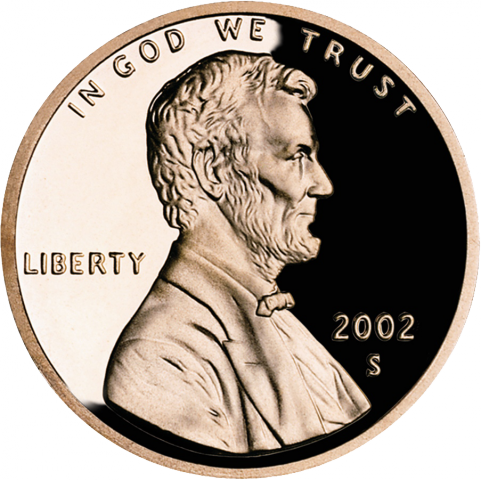 Mass of U.S. Pennies
Mass of U.S. PenniesStudents create and interpret a histogram of penny masses. |
Cosmic Ray, LHC | Level 0 | Skill: Developing Models, Skill: Histograms, Skill: Uncertainty | 1, 2, 3, 4, 5, 6, 7, 8 |
| Students roll dice, record the resulting individual values as well as the sum of the values, create histograms of the data and develop insight into the concept of “degrees of freedom." |
Cosmic Ray, LHC | Level 0 | Skill: Developing Models, Skill: Histograms, Skill: Uncertainty, Spanish Language | 1, 2, 3, 4, 5, 6, 7, 8 |
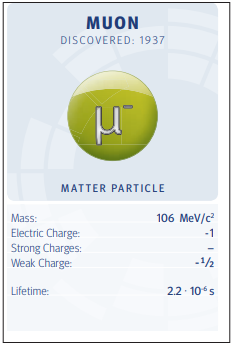 Shuffling the Particle Deck
Shuffling the Particle DeckTeams of students organize cards depicting fundamental particles based on their characteristics. This activity is a foundation for learning about the Standard Model and parallels the methods used by scientists to organize the elements into the period table. |
Cosmic Ray, LHC, Neutrino | Level 0 | Spanish Language, Standard Model, Skill: Developing Models | 1, 2, 4, 5, 6, 7 |
 Mapping the Poles
Mapping the PolesStudents explore some basics of magnetic fields that can be related to experimental particle physics. |
LHC | Level 0 | Electricity & Magnetism, Skill: Developing Models | 2, 4, 6, 7 |
 Signal and Noise: The Basics
Signal and Noise: The BasicsStudents analyze signals and noise first in audio and video forms and then look at signals and noise from physics measurements. |
Cosmic Ray, LHC, Neutrino | Level 0 | Instrumentation, Skill: Uncertainty, Waves & Interference | 4, 5, 6, 7, 8 |
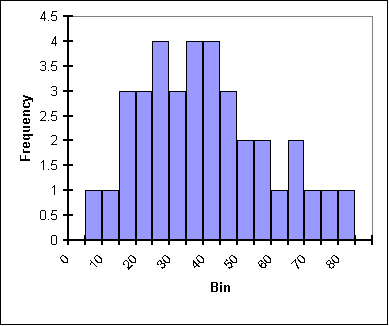 Histograms: The Basics
Histograms: The BasicsStudents build basic histogram skills required in many of the other activities in the Data Activities Portfolio. |
Cosmic Ray, LHC, Neutrino | Level 0 | Skill: Histograms, Skill: Uncertainty | 4, 5, 7 |
 QuarkNet: Changing the Culture
QuarkNet: Changing the CultureLesson #1 in QuarkNet STEP UP Series on broadening participation in science |
Level 0 | Broadening Participation | ||
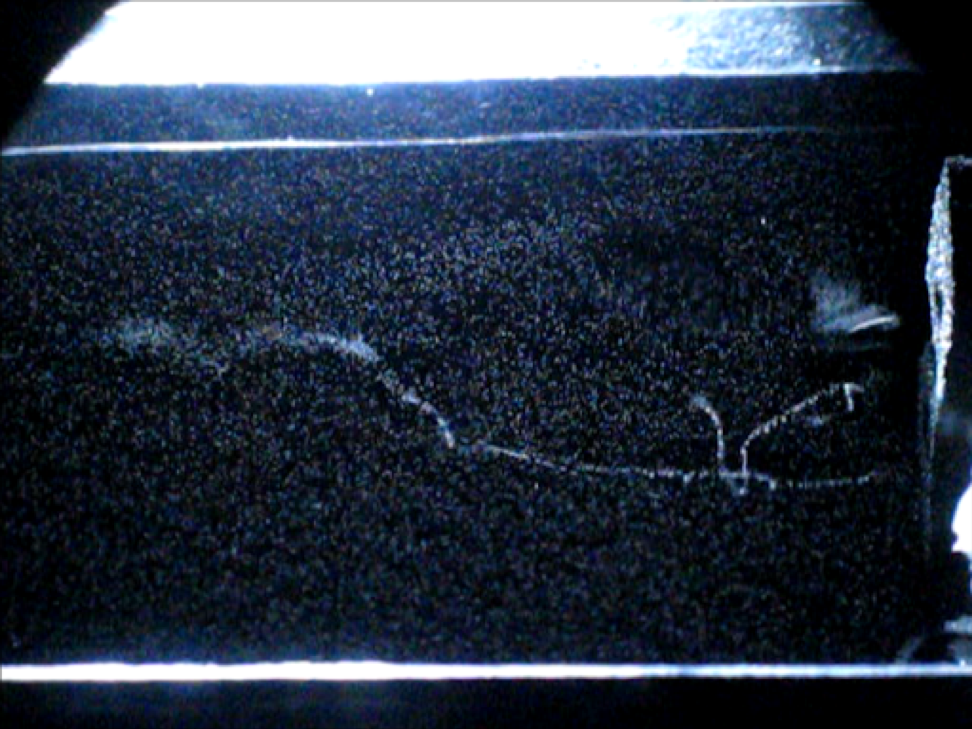 Making Tracks I
Making Tracks IStudents analyze tracks in a cloud chamber. |
Cosmic Ray, LHC, Neutrino | Level 0 | Nature of Matter, Skill: Developing Models, Standard Model | 1, 2, 4, 6, 7 |
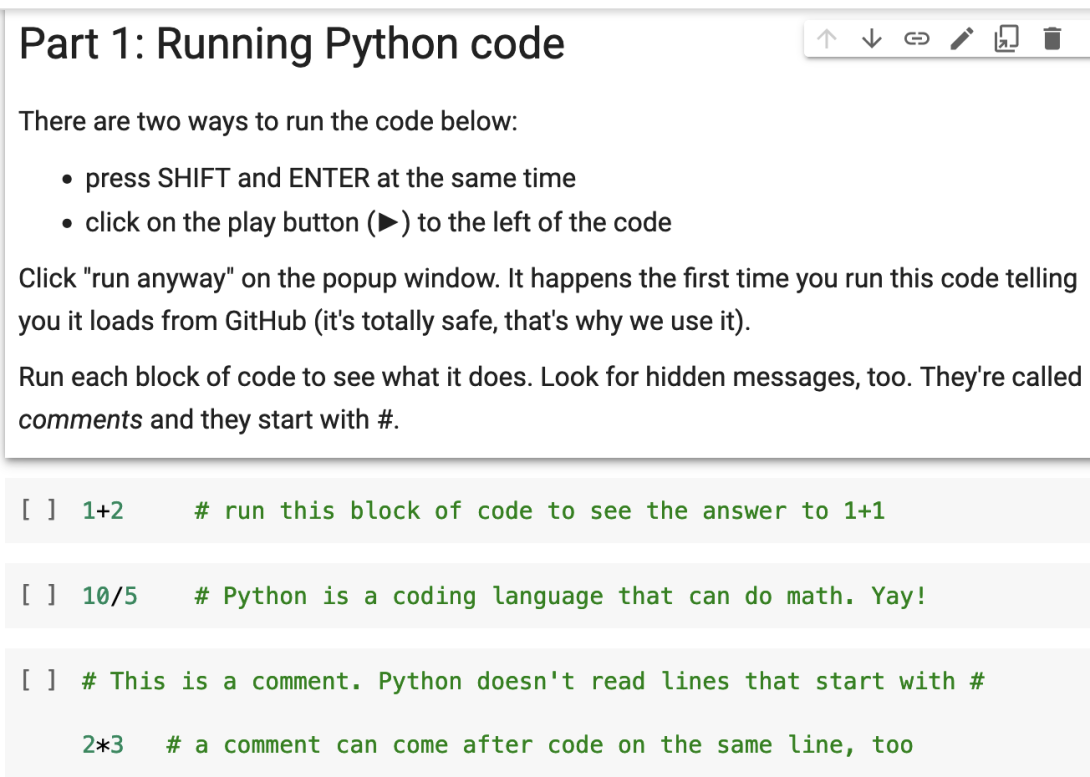 Introduction to Coding Using Jupyter
Introduction to Coding Using JupyterStudents will learn the basics of coding using Jupyter style notebooks. |
Cosmic Ray, LHC, Neutrino | Level 0 | Skill: Coding | 1, 2, 4 |